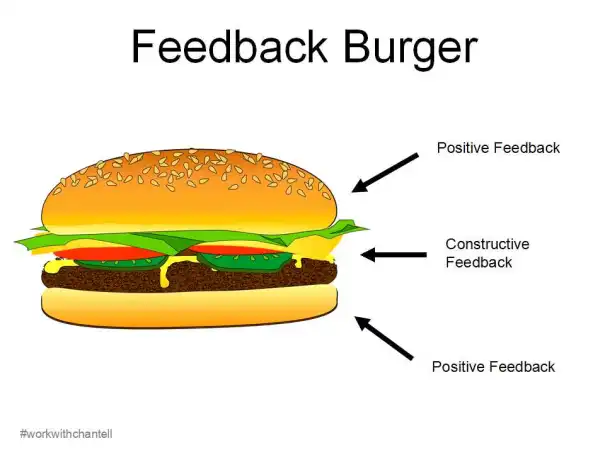The workshop, Incorporating Student Assessment into Course Design, emphasized several key concepts that significantly impact course design and assessment in higher education. It focused on constructive alignment, formative and summative assessments, culturally responsive teaching, and student engagement through assessment methods that align with course learning outcomes. As I reflect on these themes, I see clear applications to my work as a learning technology specialist and my future teaching practice, especially in an online environment.
Constructive Alignment
One of the primary takeaways from the workshop was the importance of constructive alignment, which involves ensuring that course learning outcomes, teaching activities, and assessments are cohesively aligned. This principle has always been integral to my course design process. The session highlighted an example where course outcomes were misaligned with assessments, serving as a reminder of how crucial alignment is for promoting deep learning.
In my instructional design practice, I map course outcomes with module-level outcomes, activities, and assessments to maintain alignment throughout the course. This approach ensures that every element of the course is purposefully connected. For instance, if I design a course with the goal of fostering critical thinking and analysis, the assessments must challenge students to apply those skills through tasks like case studies or reflective papers, rather than relying on simpler formats like multiple-choice quizzes. This approach not only reinforces deep learning but also ensures that students are evaluated based on their ability to meet the intended learning outcomes.
Culturally Responsive Assessments
Another important concept discussed in the workshop was the need for culturally responsive assessments. The session emphasized recognizing diverse student backgrounds and designing assessments that allow students to demonstrate their learning in ways that are meaningful to them. This concept aligns closely with my commitment to integrating Equity, Diversity, and Inclusion (EDI) into my online course design. By offering students the choice of how they demonstrate their knowledge whether through essays, presentations, or creative projects, I aim to create a more inclusive learning environment. In my online course design, I often create opportunities for students to engage in discussions that encourage them to share their cultural backgrounds and experiences, enriching the learning process for everyone.
Formative and Summative Assessments
The distinction between formative and summative assessments was another important takeaway. Formative assessments, which provide ongoing feedback to guide student learning, are particularly useful in an online environment where students may feel isolated or disconnected from the instructor. By incorporating more frequent, formative assessments such as quizzes, peer feedback, and reflective journals, I can create a more supportive learning environment where students receive the feedback they need to improve before high-stakes assessments occur. In my own practice, I always explore more diverse forms of summative assessments beyond traditional exams or final papers, such as infographics, case studies, self-reflections, and presentations. These types of assessments not only engage students in different modes of learning but also allow them to showcase their knowledge in more dynamic and creative ways.
Feedback and Self-Regulated Learning
The role of feedback in enhancing student learning was also emphasized. The workshop introduced the RISE model (Reflect, Inquire, Suggest, and Elevate) for providing timely, meaningful feedback. I found this model particularly valuable and plan to incorporate it into my future teaching practice. Currently, I often use the “feedback sandwich” approach to provide constructive feedback, which helps me avoid negative language while still addressing areas for improvement.

The session also highlighted the importance of fostering self-regulated learning (SRL), which encourages students to set learning goals, monitor their progress, and apply appropriate learning strategies. This concept aligns well with the active learning strategies I advocate for in online learning environments. By offering opportunities for self-assessment and peer feedback, I can help students develop the metacognitive skills they need for lifelong learning. Encouraging students to take ownership of their learning fosters a sense of responsibility and helps them become more independent learners.
Authentic Assessments
Finally, the session’s emphasis on authentic assessments—those that replicate real-world challenges and require students to apply their knowledge in practical ways—resonated with me. In the courses I design, I plan to incorporate more authentic assessments such as case studies, simulations, and group projects that mirror the tasks students are likely to encounter in their professional careers. These assessments not only help students see the relevance of what they are learning but also equip them with essential skills for success beyond the classroom. For example, instead of a traditional exam, I might assign students a project where they collaborate on solving a real-world problem, simulating the kind of teamwork they will encounter in their professional lives. By embedding such authentic assessments into my course design, I can foster deeper learning and prepare students for their future careers more effectively.
Leave a Reply